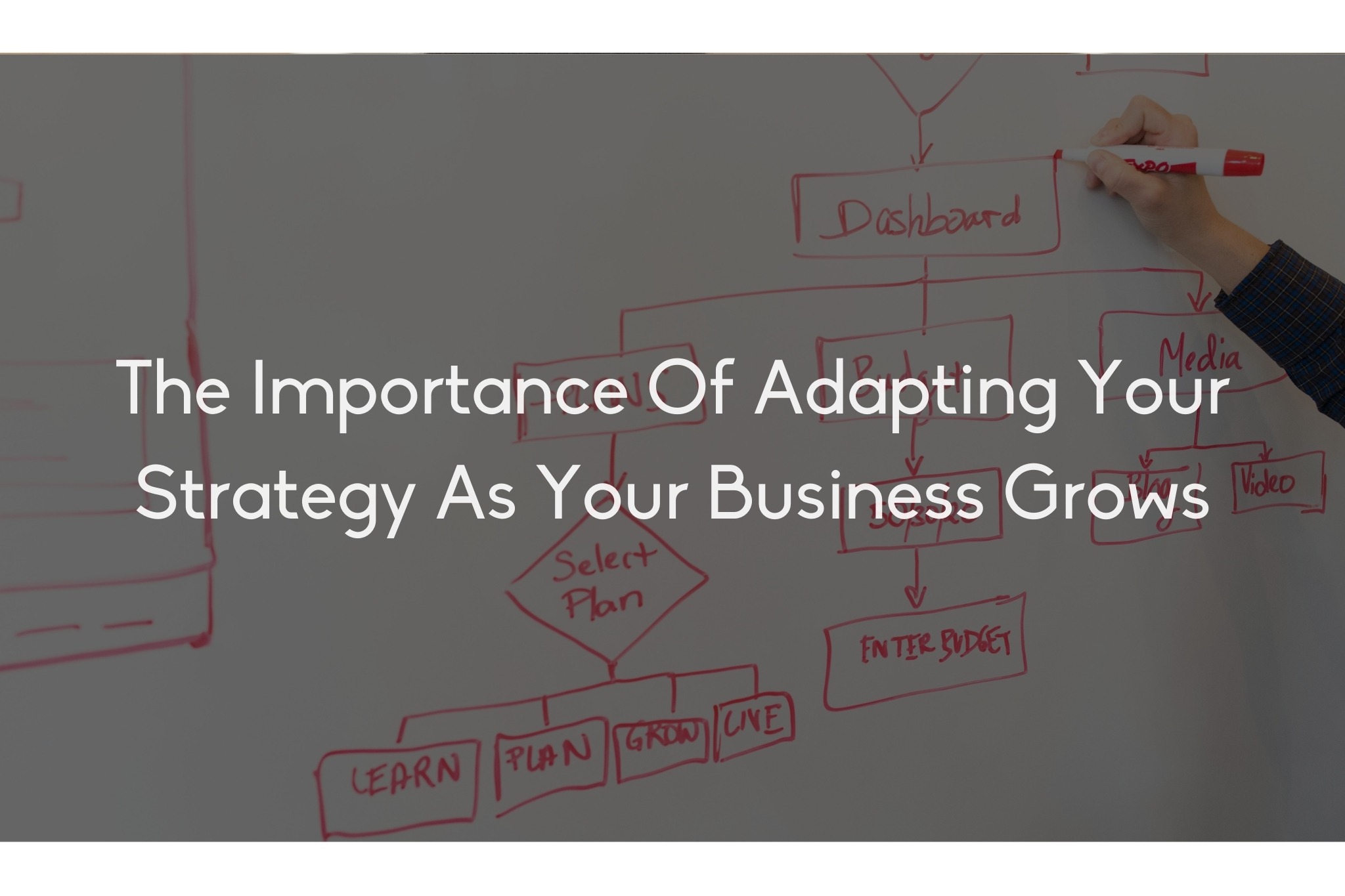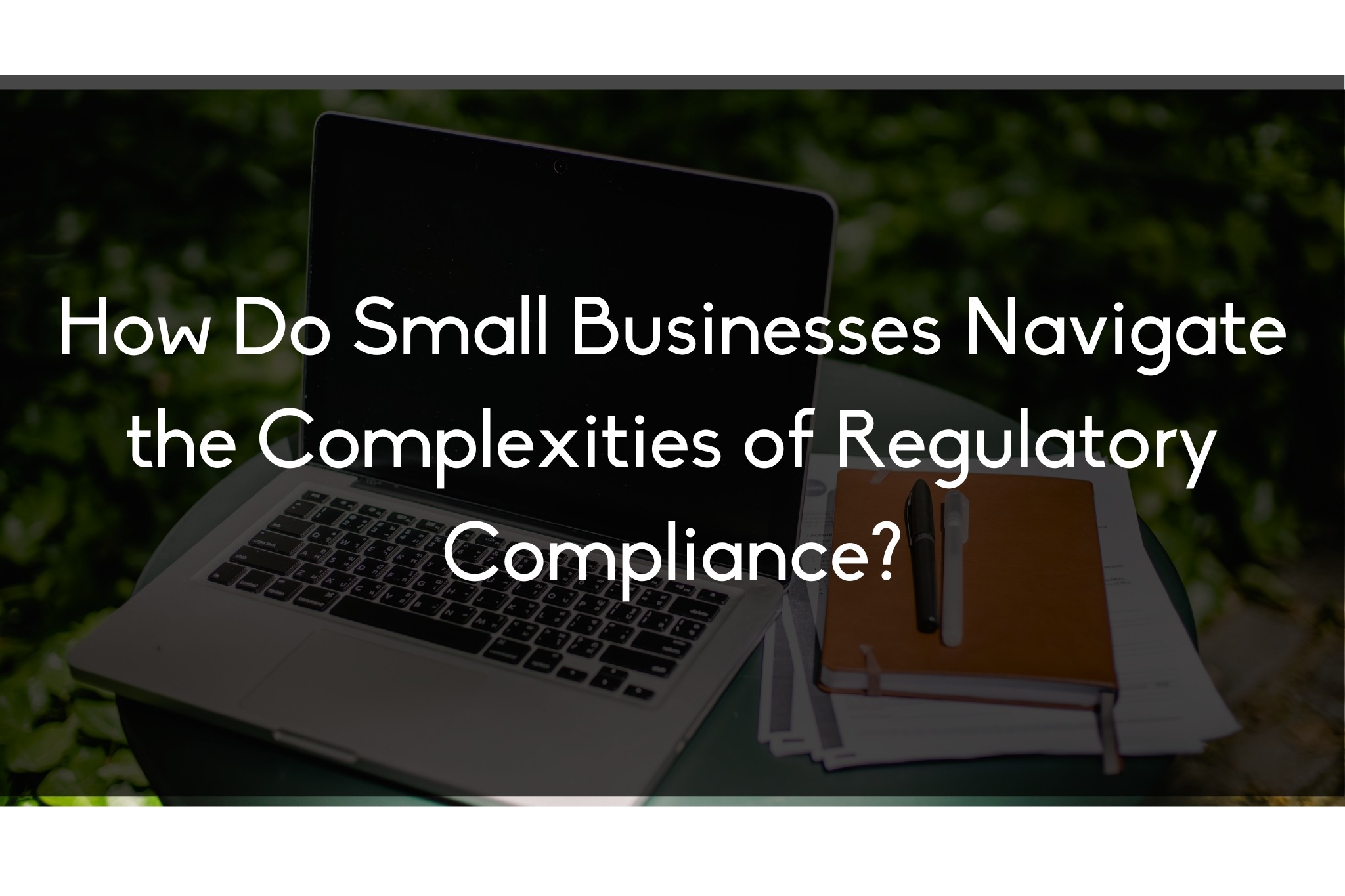
Growth is the ultimate goal for most businesses. However, as your business expands, so do its complexities and challenges. What worked in the early stages may not be effective as your company evolves. Adapting your strategy to meet these new demands is essential for sustainable success.
This article explores why adapting your strategy is crucial as your business grows, the key areas to reassess, and actionable steps to ensure your strategy aligns with your evolving goals.
Learn how to stay agile, embrace change, and future-proof your business by continuously refining your strategy as you scale. These insights will help you navigate growth with confidence and clarity.
As your business grows, you will encounter new challenges, such as:
What worked during your startup phase may become obsolete. Sticking to outdated strategies can:
Growth often shifts priorities. Regularly adapting your strategy ensures your business stays aligned with its long-term vision and goals.
Your business plan should be a living document. Schedule periodic reviews to:
Leverage data to:

As your business grows, so should your knowledge. Stay ahead by:
Growth comes with risks, such as overextending resources or losing focus. Mitigate these by:
Amazon started as an online bookstore but quickly adapted its strategy to become the largest e-commerce platform in the world. By diversifying its offerings and investing in technology, Amazon has remained a leader in innovation and customer satisfaction.
Originally a DVD rental service, Netflix pivoted to streaming and eventually to content creation. Its ability to adapt to changing consumer preferences has made it a dominant player in the entertainment industry.
During the COVID-19 pandemic, many small businesses adapted by embracing e-commerce, offering delivery services, or shifting to virtual consultations. These changes allowed them to survive and even thrive in challenging times.
Adapting your strategy often requires significant shifts in mindset, processes, or goals. Employees, stakeholders, or even leadership might resist these changes due to fear of the unknown or attachment to existing methods. Overcoming this resistance involves clear communication, demonstrating the benefits of change, and involving team members in the decision-making process.
Scaling your business and adapting strategies often require additional resources, whether financial, technological, or human. Budget limitations or lack of skilled personnel can hinder your ability to implement necessary changes. Prioritizing investments and seeking external funding or partnerships can help mitigate these constraints.
Adapting a strategy does not always guarantee success. Businesses face the challenge of predicting market trends, customer behavior, or competitive moves. Using data analytics and testing new strategies on a smaller scale before full implementation can reduce the risks associated with uncertainty.
Adapting your strategy as your business grows is not just important—it is essential. Growth brings new challenges, opportunities, and responsibilities, all of which require a fresh approach. By reassessing key areas, staying agile, and embracing change, you can position your business for long-term success. Remember, the most successful businesses are those that view growth as a journey of continuous learning and adaptation.
Taking the time to review your strategy regularly, investing in scalable systems, and fostering a culture of innovation will help you stay ahead of the curve. Growth is a dynamic process, and adapting your strategy ensures that your business evolves alongside the market and continues to thrive.

